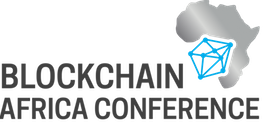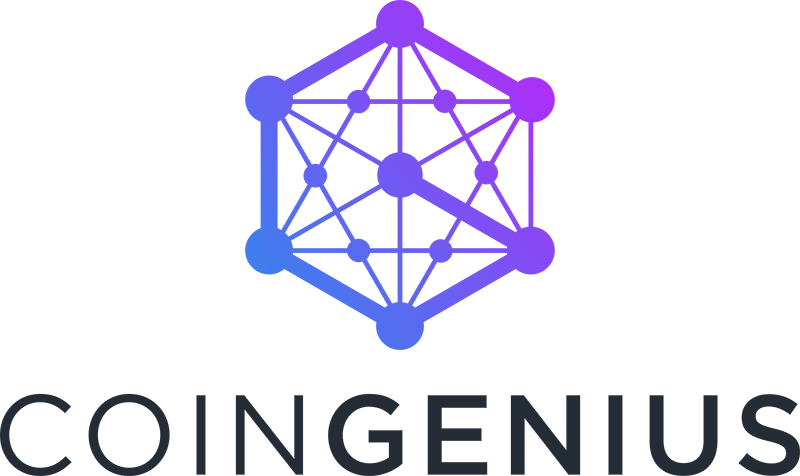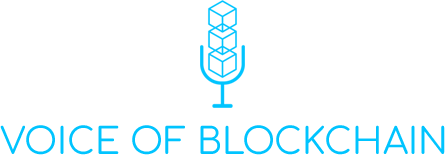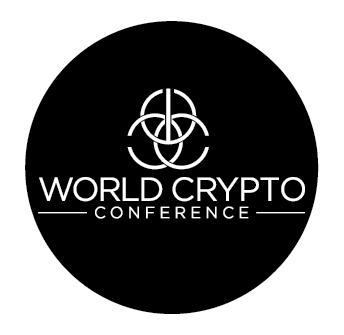Quadrant is a blockchain protocol designed to solve the problem of data sourcing and organization. The platform collects data from disparate sources, organizes them and creates new data products from these sources that users can easily purchase. Data from the Quadrant network is stamped using a SHA256 algorithm to ensure that users can check its authenticity.
The platform, founded by Mike Davie, has successfully completed its private token sale in which almost $15 million was raised, as well as its public sale which ended on July 2018. Quadrant will utilize its digital asset known as the QUAD for distribution of rewards and smart contract use between relevant stakeholders on the platform.
Recently, the company pledged its contribution to Info-Communications Media Development Authority (IMDA) and will allow DatastreamX, a blockchain data verification platform, to integrate Artificial Intelligence. They have also formed several partnerships with corporate and legislative bodies including Alpha JWC Ventures, Zeroth.AI China, ChainRock, Merkle Tree Ventures, Block0 of Switzerland, Kenetic Capital and the Singaporean government.
Quadrant also scored a partnership with Alphablock Indonesia which will help the Asia-based company solve problems as it expands across the continent. The new partners share an aim to strengthen interconnectedness and build communities around data projects and Artificial Intelligence.
What is Quadrant’s Vision?
The primary goal of Quadrant is to create a data-driven platform to help organizations with the exchange of AI and DaaS services. The Quadrant protocol was designed as a way to make data acquisition easier for all stakeholders in the data economy including data vendors, producers, and buyers.
It will enable the creation, provenance, distribution, and accessibility of various data products and services. This will lead to the achievement of a fluid and trustworthy data economy for everyone involved, by creating a blueprint for mapping disparate data sources. The current infrastructure for carrying out this process is plagued by problems that translate to even more significant issues within the data economy.
Issues Surrounding the Data Economy
The exchange of data is essential for any global, scientific and technological function. Without it, economies will crumble, and quality of life will be affected. Currently, the tech sector faces several issues associated with the acquisition, processing, use, and exchange of data that may have adverse long-term effects on its development. They are:
1. Presence of a Data Gap in Artificial Intelligence
Innovation in Artificial Intelligence requires a vast amount of data to feed algorithms. Unfortunately, larger companies hold the monopoly on Artificial Intelligence innovation because they have access to more data. As a result, these companies can create better products that become even more popular with users. Smaller companies, on the other hand, struggle to create these same innovations because it’s difficult for them to access the necessary data.
While the data exists, it is spread out across various industries and would take a lot of time and financial resources to gather. However, with a service like Quadrant, the task becomes significantly easier. Companies can use the service to gather the data they need and implement it in their operations. Quadrant brings all the data sources to a single point on the network, guarantees the integrity of the data and makes it accessible to organizations of all sizes and facilities to move forward with innovation in the form of new data products.
2. Exchange of Fake Data
It is easy, and common, to create and spread fake data. This makes the process of buying data difficult for consumers who have no easy way of verifying it. Due to the regulations in place, consumers are wary of purchasing any data that breaks any laws, so provenance is taken seriously. Quadrant allows users to verify the data they are buying to avoid buying fake data.
3. Unsustainable Data Ecosystem
Entities will not continue to create data if they are not compensated for it; therefore, the idea of a free data model is unsustainable. Even when compensation for data is provided, it has to be shared fairly among the stakeholders to ensure that everyone gets compensated. This is important for the continuous long-term sustenance of the data economy because if data isn’t provided to consumers, especially smaller ones, a lot of their infrastructure will cease to function. To solve this problem, Quadrant provides a way to incentivize producers to provide authentic data and buyers to pay for it.
How Exactly Does Quadrant Solve These Issues?
Quadrant uses blockchain technology to ensure that anyone can access data that would otherwise be difficult to find. This way, smaller companies can bridge the Artificial Intelligence gap that currently exists within the data economy. As a result, innovation in the field will see a better growth rate and become more decentralized.
To solve the issue of fake data exchange, Quadrant uses data generators known as Nurseries to upload data onto the network. The data is stamped with a unique hash using a SHA256 algorithm and is entered into the blockchain in the form of an immutable record. This way, users can easily verify the source and authenticity of their data.
Nurseries set a verification time period in which a user can cross-check the data they receive against the stamped data on the Quadrant blockchain. Using this simple mechanism, users can prove that the received data is the real version sent by the pioneer, not false data. This way, a paper trail is created even if the user is dealing with a large amount of data. Where legal issues are concerned, paper trails are very important and should always be available.
Quadrant has also developed a method to create and maintain a sustainable data ecosystem. One of the main features of this system is a “Constellation,” a data product created by mapping a large number of data sources. Constellations are built from these sources, using smart contracts by a group of participants known as “Pioneers.” End users within the system benefit from the pioneering work and are known as “Elons.”
These Constellations can be created by either the supply or demand side, enabling both Pioneers and Elons to set their own terms when offering data. This allows a fair exchange that suits the pioneer as well as the end users. The contract creation gives a liquidity property to the Quadrant network, while its user interface is enabled for data schema. The network Constellations will allow users to nest contractual revenue sharing mechanisms and allow automatic payments to the Nurseries and Pioneers without the transaction costs.
The Quadrant network also consists of a Data Producer Client used for the submission of data stamps by Nurseries and Pioneers. It houses cryptocurrency wallet features for transferring QUAD tokens between parties and creating the Constellations which map out disparate data sources for Pioneers, Elons, and other data users.
A network Guardian Node creates blocks on the Quadrant blockchain and builds transactions into the network. It also anchors to a bigger public blockchain like Ethereum, handles data delivery and executes the mapped Constellations. The network Data Consumer Client verifies data stamps, processes data provenance audit requests, and creates Constellations.
Final Thoughts
Quadrant has developed a simple, yet effective solution to the problems within the data economy. Its platform will allow users to verify the data that they purchase while incentivizing vendors to sell authentic data. As a result, the data economy will become more collaborative, creative and democratized as vendors will easily sell data using smart contracts, and users can buy data that can easily be verified.
This way, smaller DaaS and Artificial Intelligence service companies can innovate and create an infrastructure that competes with larger firms. This serves as the first significant step towards the creation of new data products that drive global interconnectedness and technological innovation.
Originally posted on MintDice.com
























